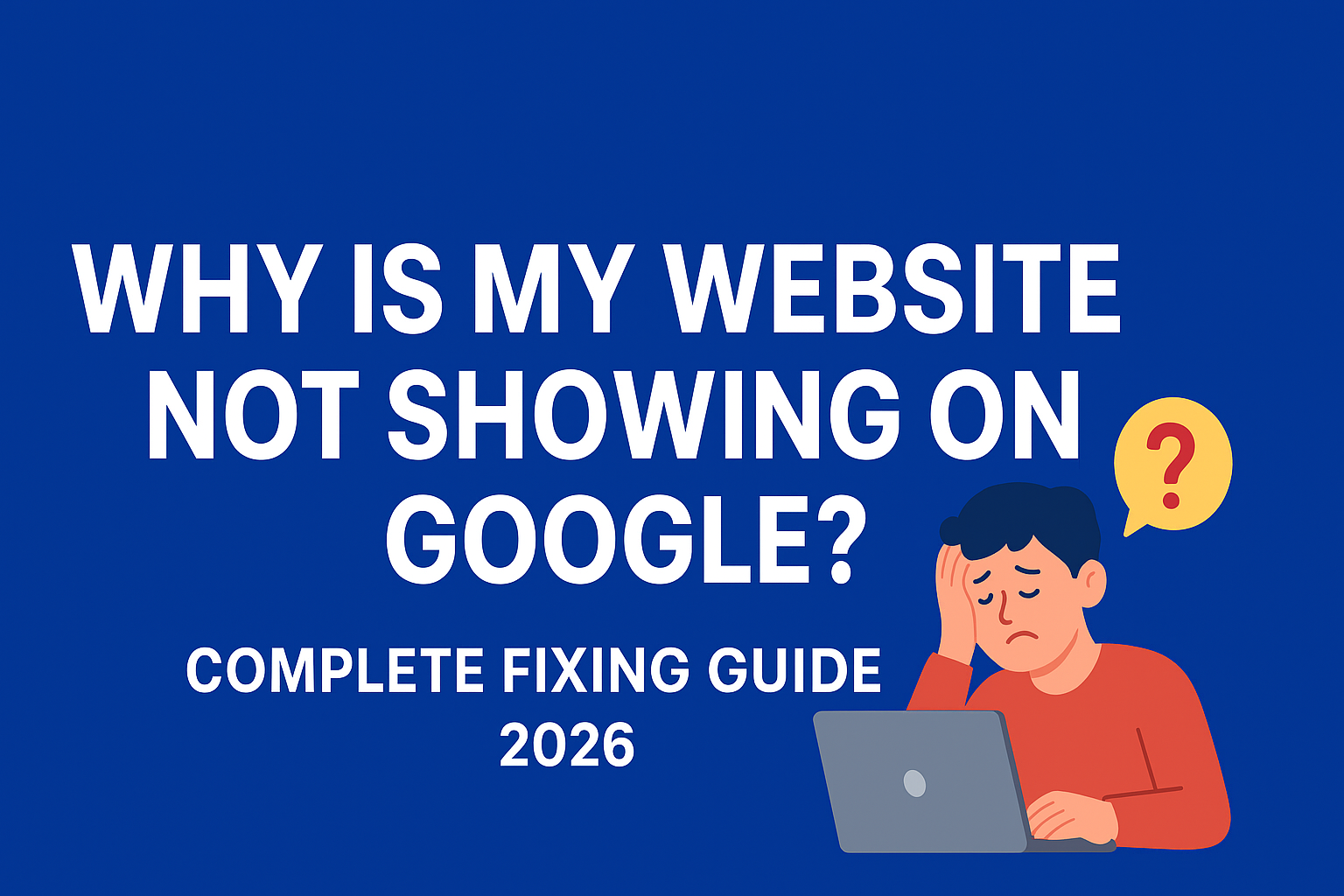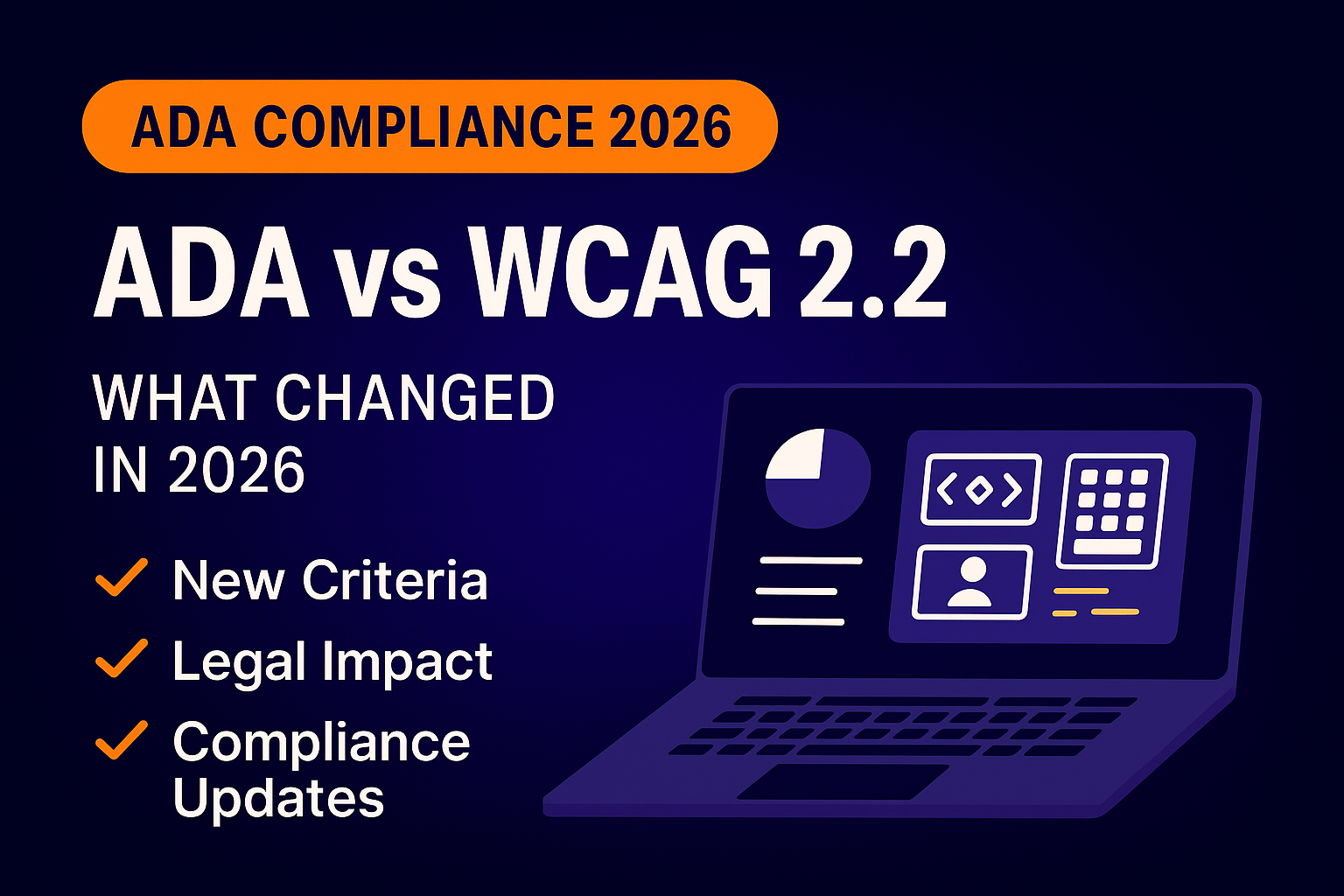1. Why “Website Cost” Is the Wrong Question
Most business owners ask, “How much does a website cost?” when they should ask, “What does a website earn?”
A cheap site is only cheap until you realize how much revenue it quietly kills—slower load times, weak calls-to-action, broken tracking, or poor SEO.
The right website doesn’t cost money. It reallocates it.
When your site converts 2× higher, you spend the same on traffic but double your output. That’s positive ROI, not an expense.
2. The Real Formula: Cost vs. Conversion Efficiency
You don’t buy pixels. You buy conversion leverage.
Let’s make this tangible:
- You get 5,000 monthly visitors.
- Your average sale = $300.
- Site converts at 1% → 50 sales → $15,000 revenue.
- Site converts at 2% (after redesign) → 100 sales → $30,000 revenue.
That extra 1% = $15,000 per month in recovered value.
Over a year, that’s $180,000 in growth—from a site that may have cost $12,000.
Now the real question: “Would you spend $12K to make $180K?”
3. What Actually Drives Website Cost (and ROI)
| Factor | What It Is | ROI Connection |
| Scope & Functionality | Number of pages, forms, integrations. | More functionality ≠ better; the right functionality increases conversion opportunities and automation efficiency. |
| Design Depth | Custom UX/UI vs template. | Design impacts cognitive load — cleaner interfaces boost conversion up to 40%. |
| Platform Choice | WordPress, Shopify, Custom. | The right platform affects scalability and ad performance. A 1-second faster load time = 17% more conversions. |
| Content & Copy | The words that sell. | Persuasive copy drives trust — doubling clarity can double form submissions. |
| Optimization & Maintenance | Updates, CRO, analytics. | Maintenance protects ROI. Regular CRO testing compounds 10–20% conversion gains quarterly. |
A professional site isn’t expensive because of design flair; it’s expensive because of engineering, testing, and optimization that pay back.
4. Typical Price Ranges in 2025 (Explained by Return, Not Design)
| Tier | Cost Range | Strategic Profile | Typical ROI Window |
| Starter / Small Business | $3K – $8K | Templated layout, limited UX, minimal automation. | Slow ROI (12–18 mo). Low upfront cost but weak conversion leverage. |
| Growth / Custom Build | $8K – $20K | Custom UX, CRO setup, analytics, SEO foundation. | Fast ROI (3–6 mo). Best balance of cost and compounding return. |
| Enterprise / Performance System | $20K + | Automation, integrations, custom front-end speed build. | Accelerated ROI (2–4 mo). Built for scaling ads + search at volume. |
The more expensive builds aren’t about vanity—they’re about reducing waste per visitor. You pay more to capture more of what you already generate.
5. The Hidden Costs That Quietly Erode ROI
- Cheap Hosting = Lost Speed. Every extra second of load time kills 7% of conversions.
- No Analytics = Flying Blind. Without conversion tracking, you can’t fix leaks.
- Template Lock-In = Limited Optimization. Pre-built themes often block A/B testing or schema updates.
- No Maintenance = Rebuild in 18 Months. Neglected sites degrade until replacement is the only fix.
The biggest expense isn’t the site—it’s the lost profit from a slow or static one.
6. How to Budget Using ROI Math
Instead of asking, “What can I afford?” ask, “What will this investment return?”
Step 1. Define your monthly revenue goal.
Step 2. Multiply by your current conversion rate gap.
Step 3. Set your website budget to equal 10–15% of that recovered revenue.
Example:
You’re losing 1% conversion on 5,000 visits/month → $15K lost revenue monthly.
Spending $15K – $20K on a site that closes that gap pays itself back in 1–2 months.
This is how professionals think about web budgets—like portfolio allocation, not vanity spend.
7. ROI in Practice — A Real Example
A regional contractor came to us with a $6K Wix site converting at 0.6%.
We rebuilt it on WordPress, added UX flow and analytics.
- Traffic stayed roughly equal (~3,200 visits/mo).
- Conversion rose to 2.1%.
- Average project = $2,400.
Revenue jump:
(3,200 x 0.021) x $2,400 = $161,280/month (previously ~$46K).
They recouped a $14K build in less than two weeks.
That’s design and development as an investment asset.
8. How to Read an Agency Proposal Through ROI Eyes
When you get a quote, look for these line items—and what they earn you:
- UX Design: Converts visitors faster (raises conversion %).
- Maintenance: Keeps compounding.
If these aren’t listed, the quote is missing the elements that create return.
9. The Cheap Site Always Costs More
A $5K site that converts 1% on 10K monthly visits makes ~$15K/month.
A $15K site that converts 3% makes ~$45K/month.
You “saved” $10K, but you lose $30K every month.
That’s the math most business owners never do.
10. Final Takeaway — Pay for Leverage, Not Layout
A professional website isn’t a trophy; it’s infrastructure.
It should:
- Reduce cost per lead.
- Increase conversion per visitor.
- Shorten time to ROI.
The right site pays you monthly dividends in leads and credibility.
CTA:
👉 Book a Website ROI Audit — we’ll calculate exactly how much your current site is costing you and what your next-gen build should return in the first 90 days,.





